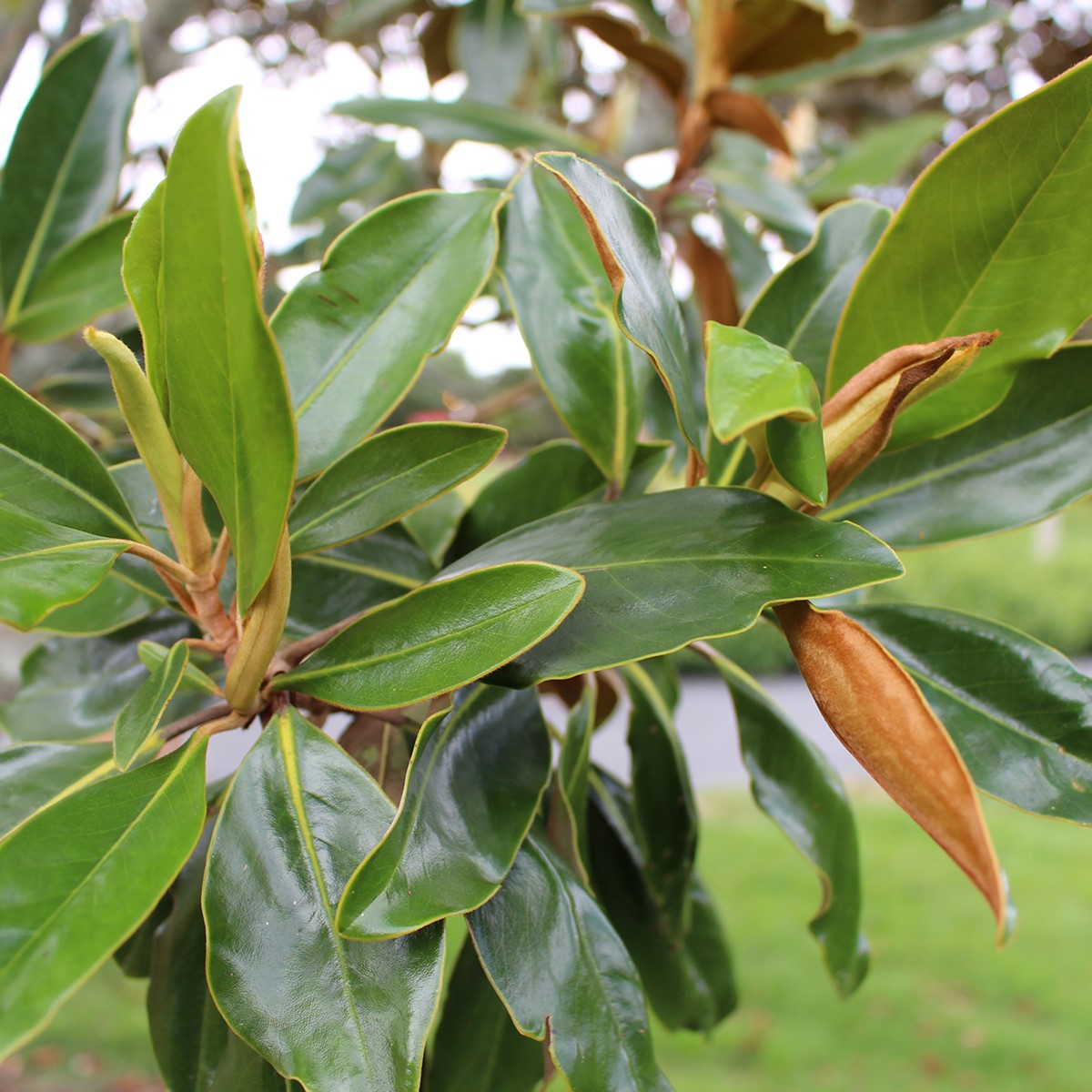Physical characteristics
A large, erect, slow-growing, palm reaching up to 10m with a fan span of around 3m.
Flowers and foliage
The Chatham Island form of this palm has huge long fronds, reaching around 2m in length with broader rich
Preferred site
Performs best in deep, well-drained but moist soil in partial to
Preparation for planting
Always choose healthy, well-grown,
Maintenance tips
Apply an organic mulch
Pests and diseases
Trouble-free.
Location at Auckland Botanic Gardens
Native Plant Ideas
Interesting facts and tips
The nikau palm is most southerly growing palm in the world.







.jpg?anchor=center&mode=crop&width=1200&height=1200&rnd=131732822304530000)

.jpg?anchor=center&mode=crop&width=1200&height=1200&rnd=132106949760530000)
 .jpg?anchor=center&mode=crop&width=1200&height=1200&rnd=131732822977030000)